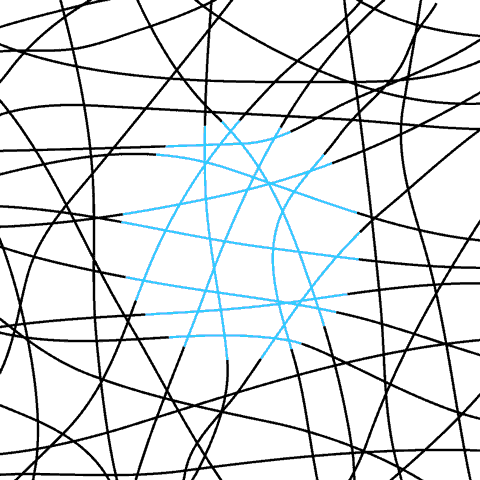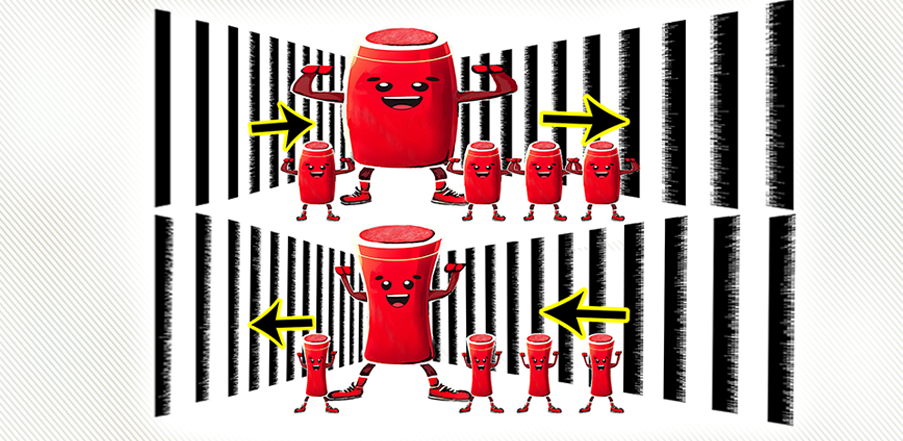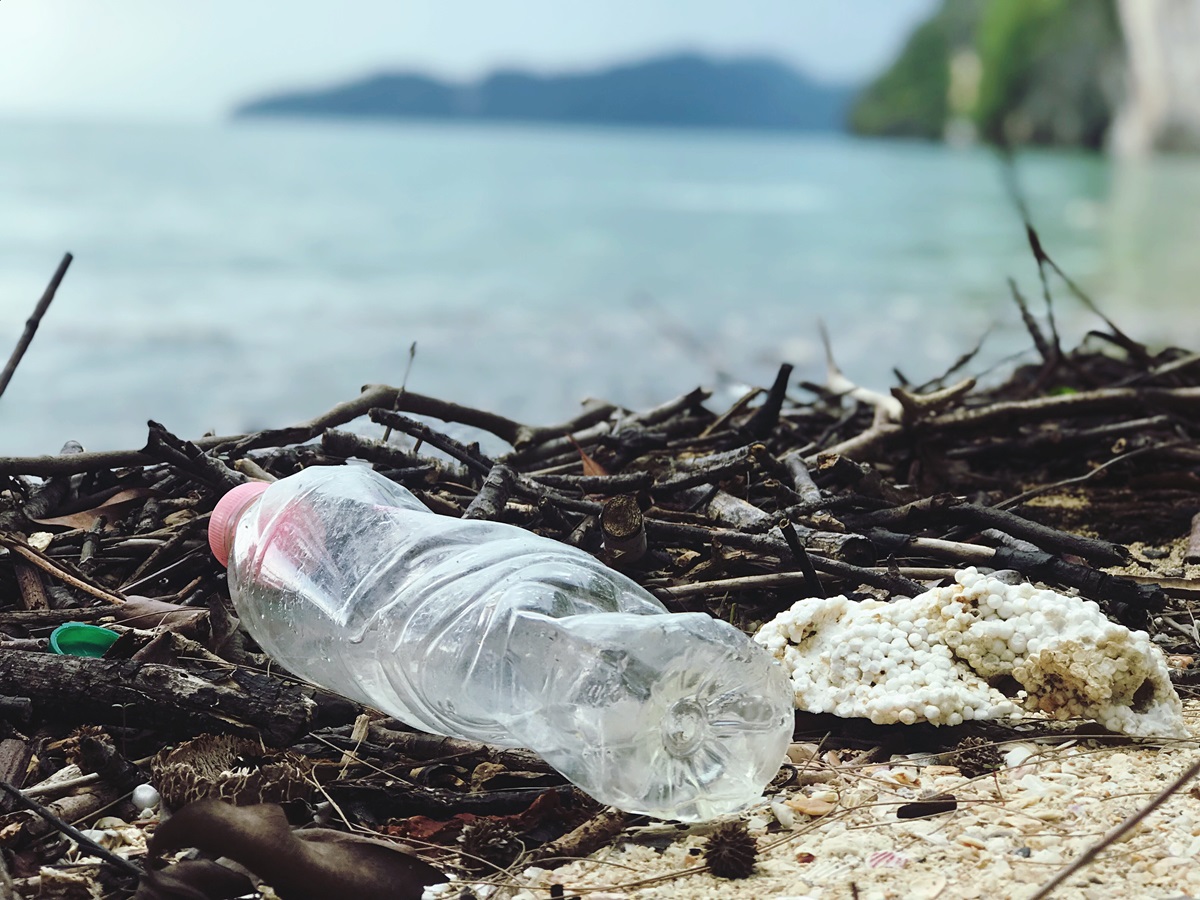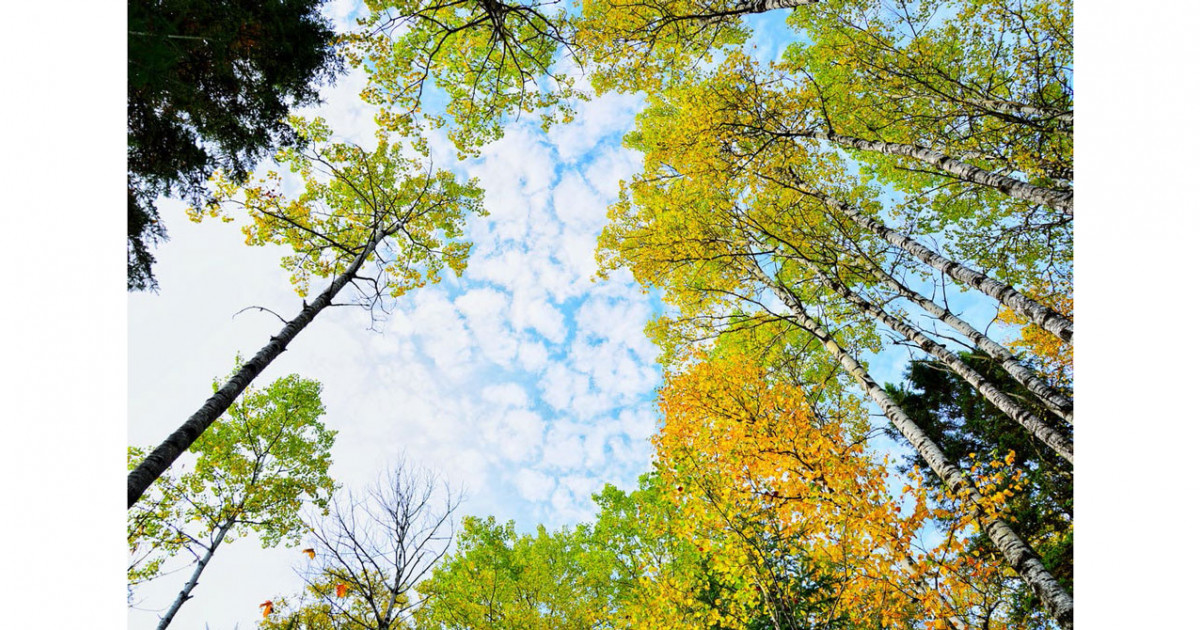 Open larger image
Open larger image
The restoration project has around 900 legible carved or painted inscriptions inside.
One of the oldest remaining Queensland structures constructed by convicts – the Raine Island beacon – will stand strong into the future after a $1.13 million restoration project.
Built in 1844 to assist ship navigation in an area notorious for shipwrecks, the beacon is visible for thirteen nautical miles.
Senior Project Officer Alex Hoffmann said stone for the beacon was quarried from Raine Island’s phosphate rock by 20 convict stonemasons and labourers.
“To make lime for mortar, they had to burn shells and they used timber from a British passenger ship called the Martha Ridgeway that was wrecked nearby in 1842,” Mr Hoffmann said.
“Constructing the beacon took four months in extremely harsh conditions, and they were supervised by New South Wales soldiers.
“The beacon is of national cultural significance as one of the most important historical monuments in the Great Barrier Reef World Heritage Area, and it is listed on the State Heritage Register.
“Despite being built by stonemasons, the wind, extreme temperatures and the ravages of time have taken a toll on the beacon.
“Lightning strikes cracked the walls, the stone bedding has shifted and there has been natural deterioration of the rock.
“Given the natural and cultural significance of the beacon, we embarked on this $1.13 million conservation project, which included a $347,468 Australian Government grant through the COVID-19 Relief and Recovery Fund.”
Mr Hoffman said urgent conservation measures were needed to return structural integrity to the beacon.
“Our First Nations peoples travelled to Raine Island long before the beacon was built in the 1800s, and those travels continued after its construction,” he said.
“The beacon has around 900 legible carved or painted inscriptions, including Erubam Le, Meriam Le, and Ugarem Le names.
“The Queensland Government is committed to protecting and preserving this special monument, and the restoration project was conducted over five visits in 2021 and 2022.
“Following initial geotechnical works, the stonemasonry works included repairs to major vertical cracks and the repointing of minor cracks and joints, and algal deposits were treated with biocide.
“The works included twelve tonnes of materials and equipment, and 10,000 litres of water from de-salination plants on the Reef Ranger and Reef Resilience vessels, which were transported to site by a tender.
“The beacon, which is almost 180 years old, has stood the test of time and these restoration works will ensure that it stands for hundreds of years into the future.”
Raine Island is part of the Raine Island National Park (Scientific) which also includes the nearby Moulter and MacLennan Cays.
It is the world’s largest known rookery for the vulnerable green turtle and is the most significant seabird rookery in the Great Barrier Reef World Heritage Area.
Raine Island is cooperatively managed with Traditional Owners from Wuthathi and Meriam Nations (Ugar, Mer, Erub).









